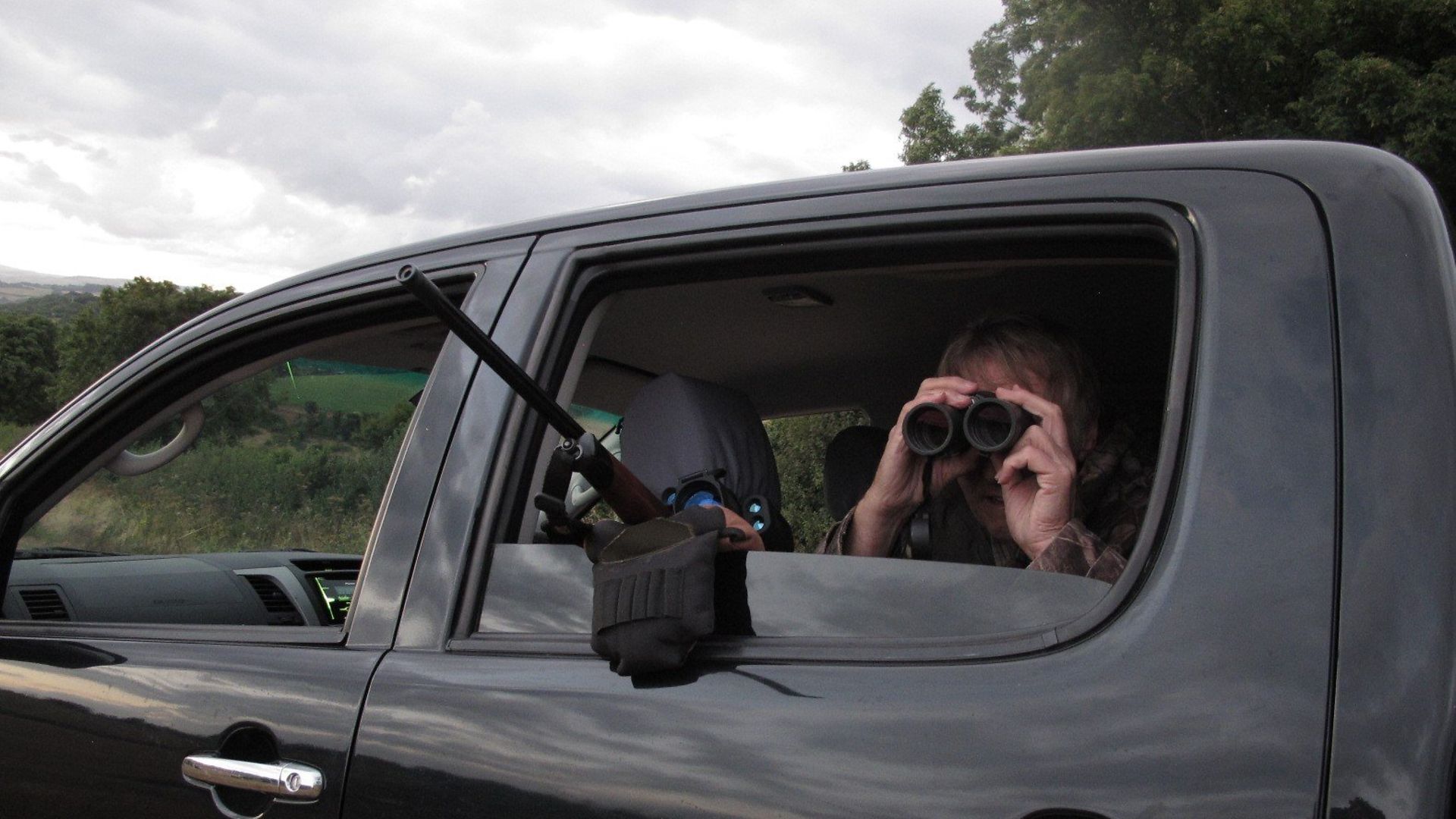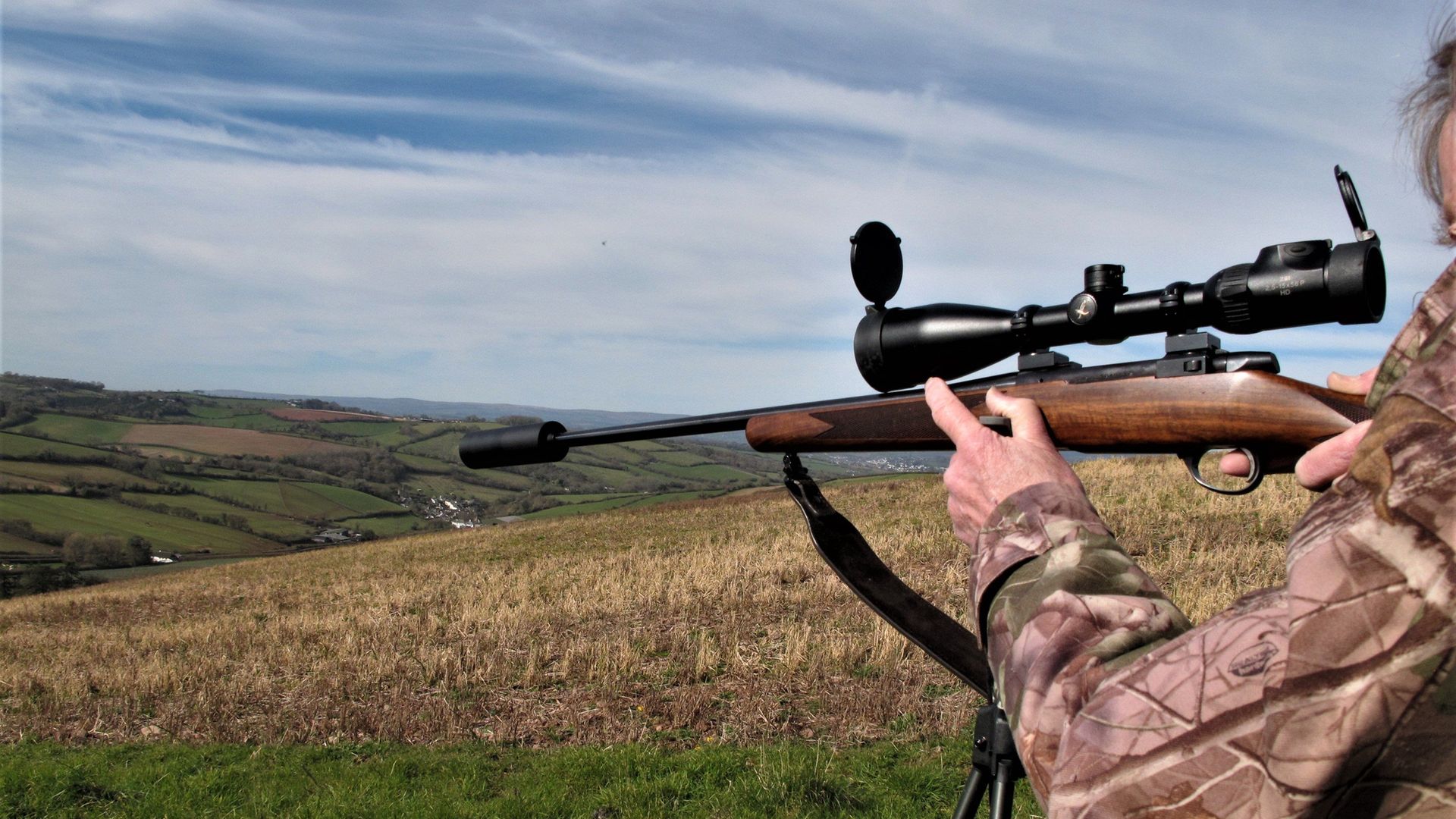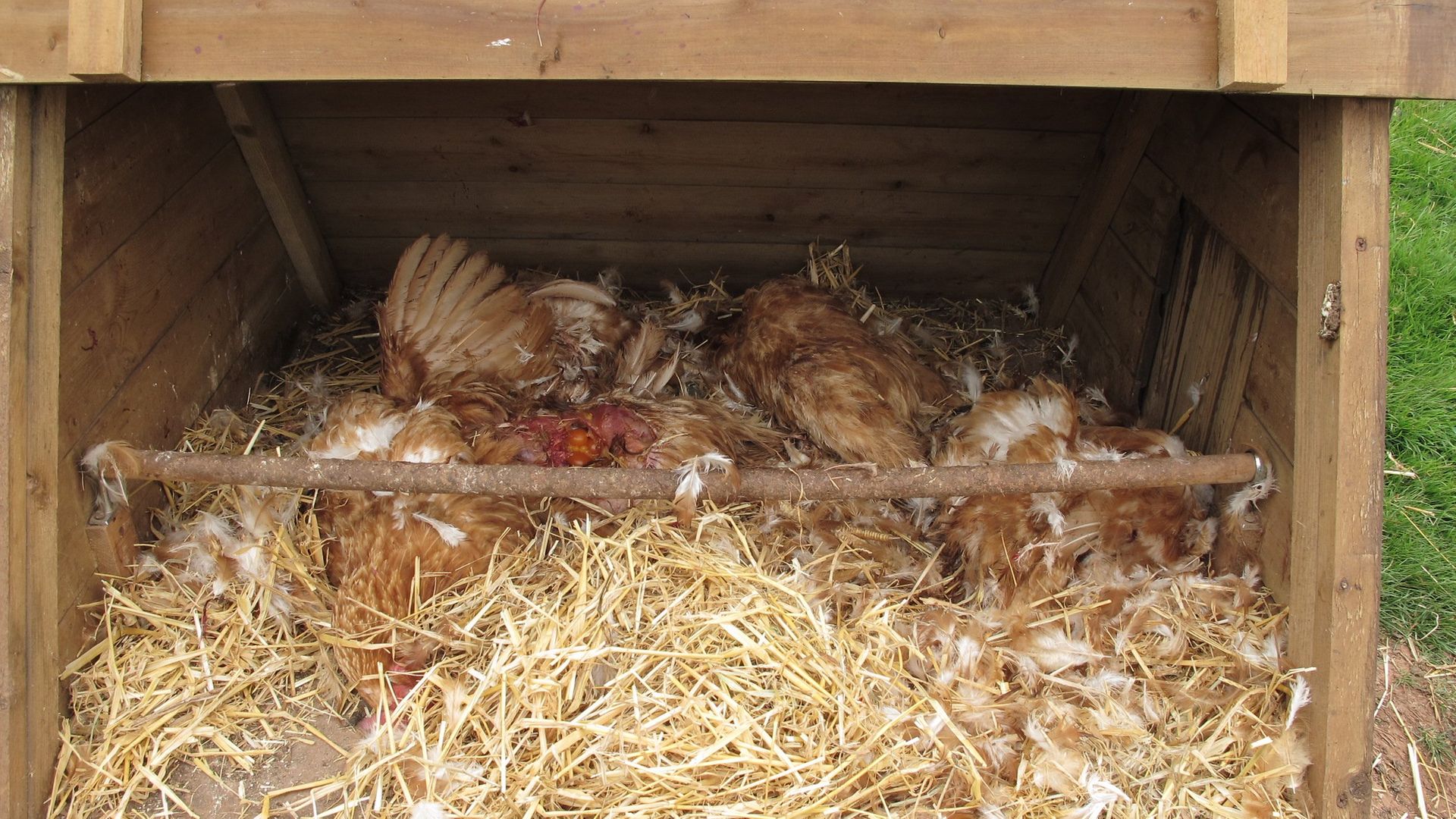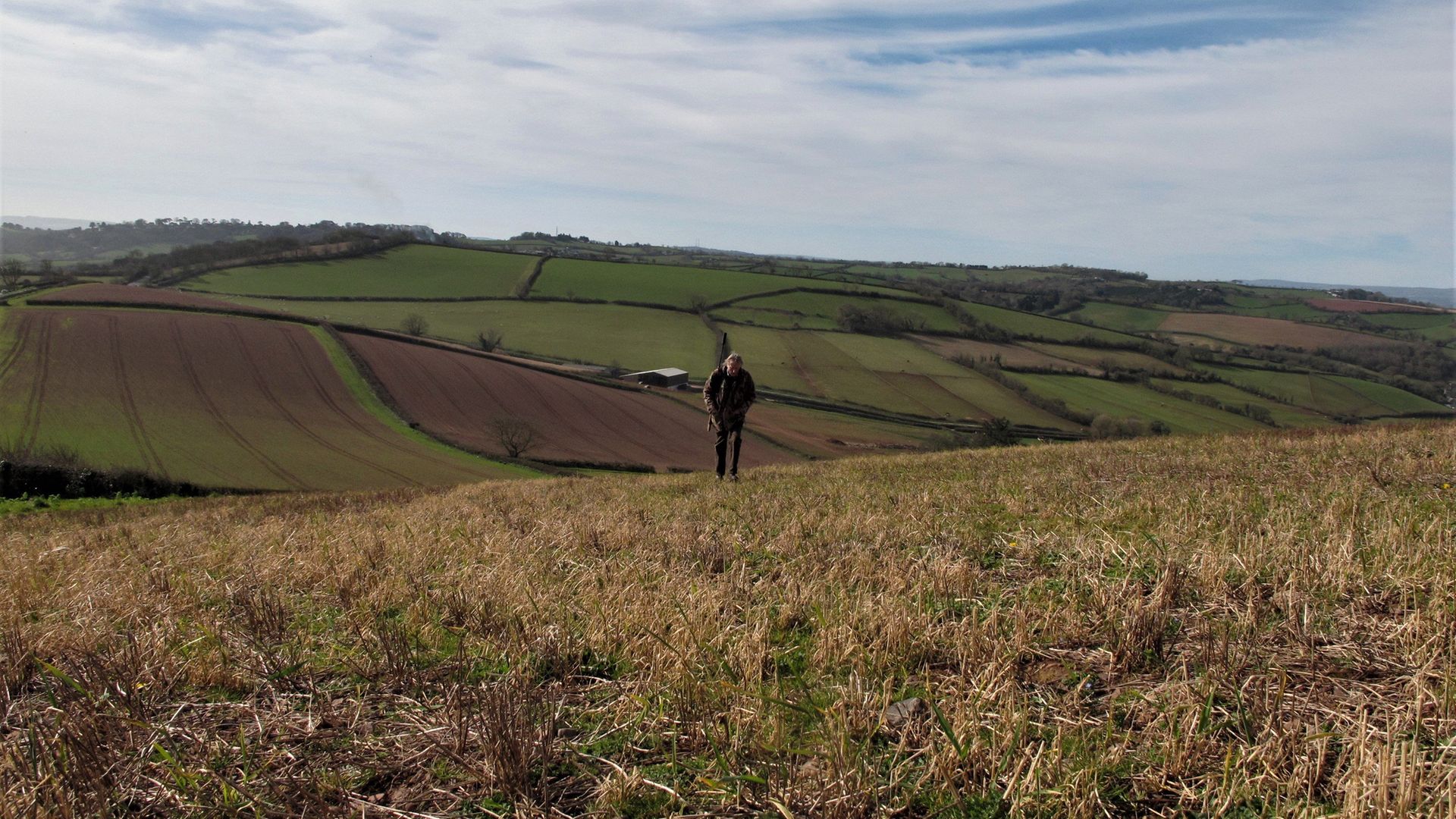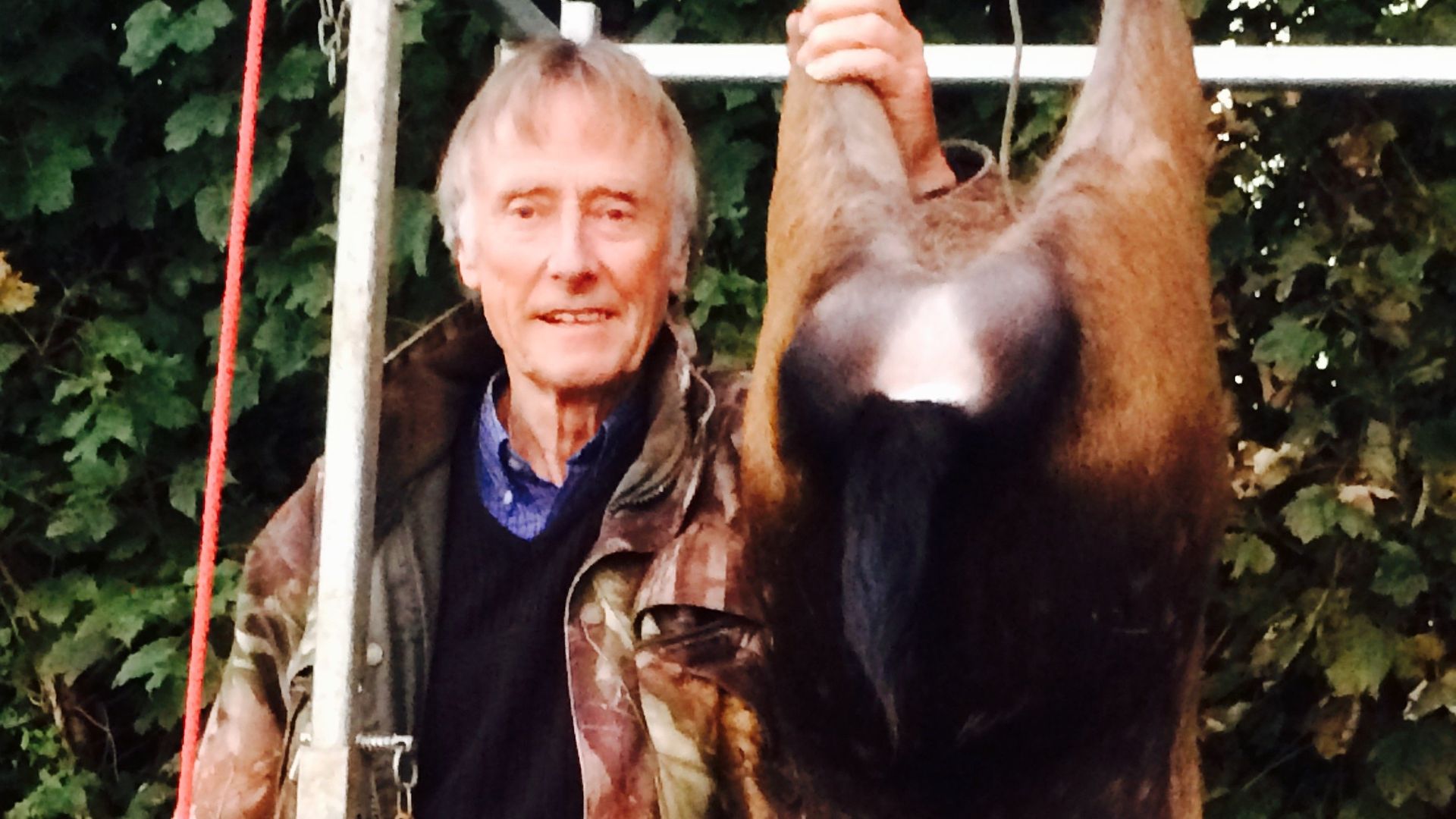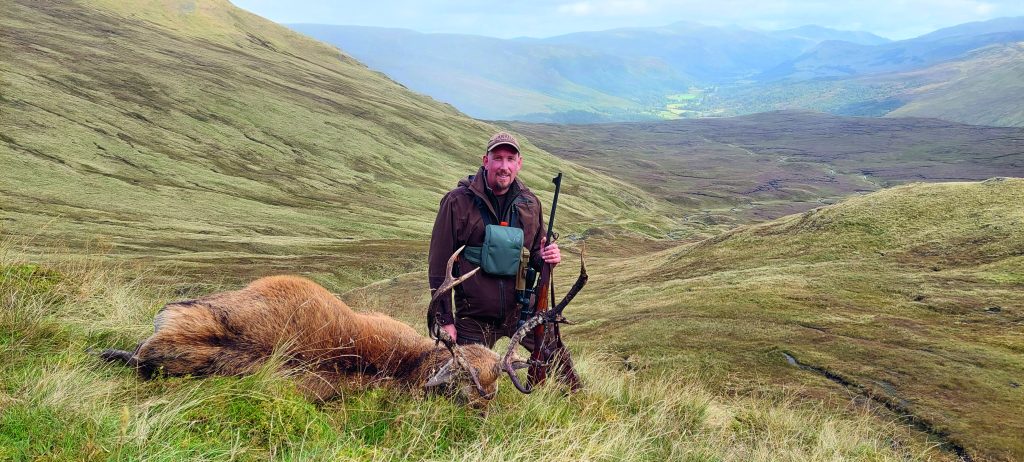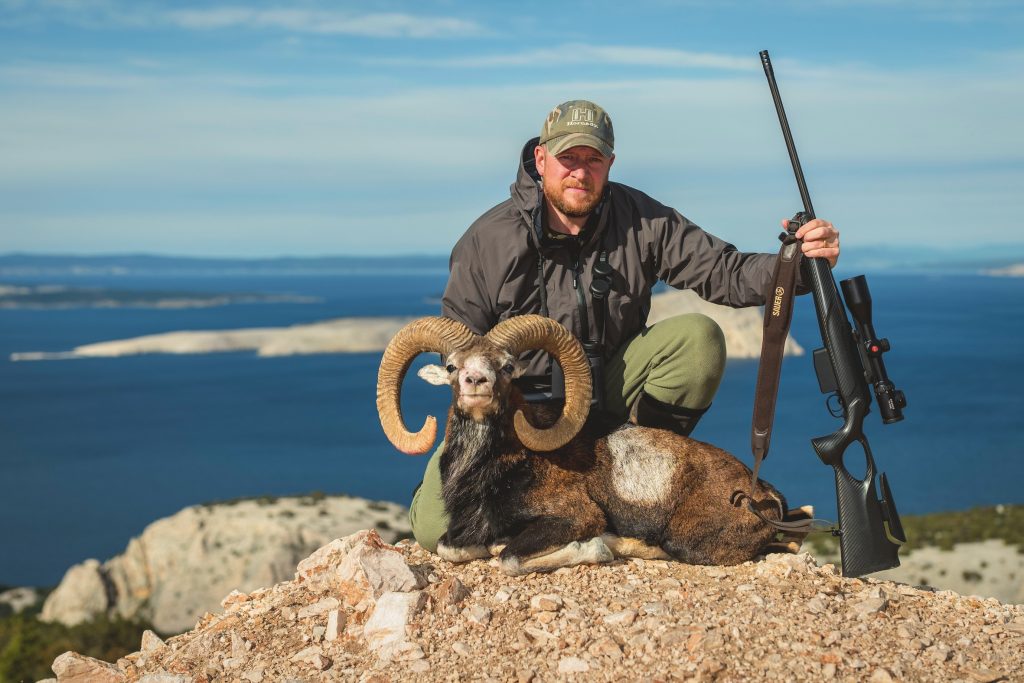Mature hunters: the challenges & advantages that come with age
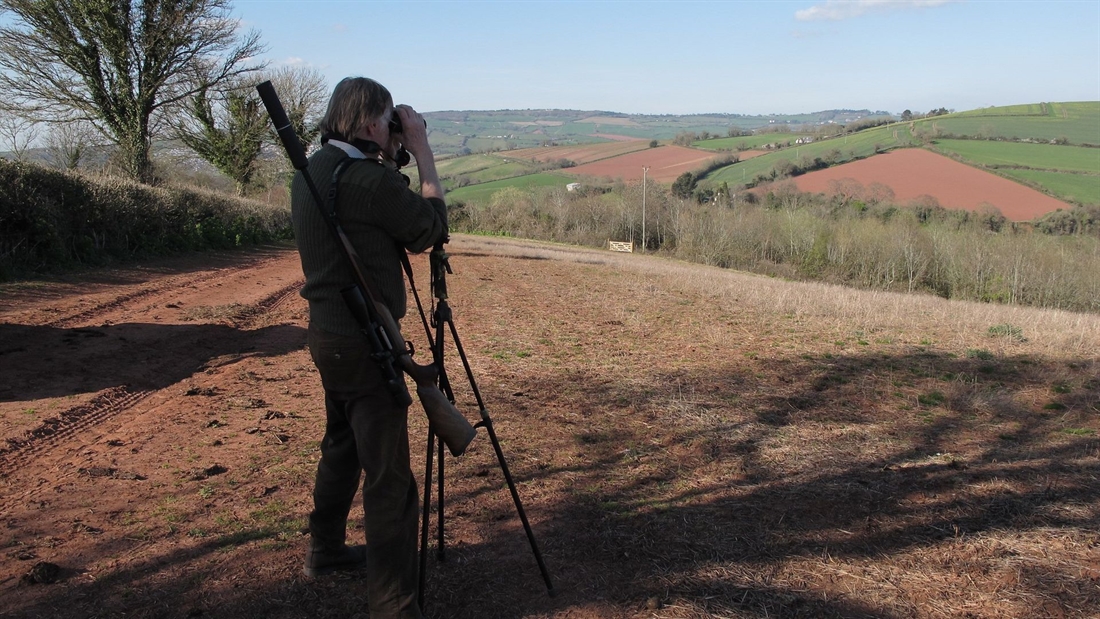
Getting older brings challenges and advantages to shooters and hunters; Mike Powell explains how his hunting kit, technique and attitude has adapted as he has grown older
After a long, extremely enjoyable and rewarding shooting life, I am beginning to accept that things are not quite so easy to achieve as they used to be. That applies to everything (not just shooting), but it’s the shooting aspect of my life that is the most important to me.
I am in the fortunate position of having free rein over how I spend my time and what money I have. And despite telling myself I really don’t need another rifle or another piece of night vision kit, the collection just seems to keep on growing! However, although the love of all things shooting is as strong as it has ever been, the body that has to handle it certainly isn’t, and the hills of my native Devon seem, as the time passes, to get slightly steeper every year. So, how do I deal with the problem that will inevitably affect all of us one way or another?
How has age changed how I hunt?
Firstly, I don’t walk as far as I used to. Looking back to the early days of my fox control work, when I made a very lucrative living from the sale of fox skins, it amazes me that I spent probably five or six nights a week in the winter, when the skins were at their best, walking all night, whatever the weather. Then, when I got home the next morning, I’d skin the foxes I had shot before falling instantly into bed. All were shot with a lamp and shotgun at around 30 yards or less, and were either called in or walked out to – something that is seldom, if ever, done today. Once the market for fox skins died, I turned to rifles. And it’s there that another change has been made to the equipment I use.
In many cases, rifles today are heavier than they used to be – something, I suspect, that has been brought about by the American influence of varmint rifles. I am sure that when shooting prairie dogs in the States (where the temperatures can be very much higher than here, and where far more shots are fired in a session), heavy-barrelled rifles are a must. But whether those requirements are needed here for the types of shooting we do, I have some doubts.
Long-range experts, such as Rifle Shooter’s Mark Ripley, have good reason to go for heavier rifles, as they give added stability and accuracy when shooting at the sort of ranges he shoots over, without a doubt. But for the sort of shooting I (and probably most shooters in this country) do, lighter rifles will outperform the ability of most of us anyway.
My main fox rifle, a Mike Norris creation, which is a .204 Ruger calibre, built on an H-S Precision action, is a bit of a lump to carry. But it’s used almost exclusively from my pickup, so weight isn’t an issue; it is simply a joy to use.
Mention of the pickup brings to mind another thing where age has had an effect. Experience has taught me that if you know both your quarry (in my case, foxes) and your land well, there isn’t the need to trudge around in the dark any more to get good results. In fact, my yearly fox cull figures have remained pretty much the same for the last 10 years or so.
Lighter rifles are great for mature hunters
However, I am fortunate in that I can still get around pretty well and do enjoy getting out and controlling the local roe population. My usual rifle for this is a 30-year-old Sako A2, a beautiful rifle, built as they were back then – with not only accuracy in mind but appearance and weight (or lack of it) as standard.
Today, Sako have another extremely desirable rifle that will undoubtedly appeal to the mature shooter when weight is a consideration. Recently, GMK kindly sent me one of their Sako Carbonlight rifles to try out, and by present day standards, it is a real lightweight (not in performance, I hasten to add). Weighing in at around 7.5lb when scoped up, it shaved just over a pound off of my old A2 – and I thought that was light! The Carbonlight is an extraordinarily attractive rifle. Although I’ve never been a great fan of synthetic rifles, the Carbonlight really does look good. And I found it a real pleasure to use.
Sako have always had a very good reputation for producing quality rifles. But this one, as far as I was concerned, is a real winner. It’s not cheap at around £3,150. But in situations where cost is concerned, age can be an asset for some. In many cases, financial circumstances can be less restrictive once the retirement years arrive. Certainly, when I was keepering, I found that many of the older shooters splashed out on guns they could never have afforded with families, mortgages and the like to contend with.
I have to say, the Sako Carbonlight is a little gem. The only observation I would make would be that in .308 (the calibre I used for the review), you are aware of the recoil. Personally, if I were looking to get a Carbonlight, I would go for one in .243 calibre.
A couple of other rifles that would suit the older shooter looking to lighten their load would be a Remington 783, which weighs in at around 8.2lb (scoped), and the Savage Model 110 Lightweight Storm, weighing 8.6lb (scoped). Both are very practical and accurate rifles, and given their extra bit of weight, handled the 6.5 Creedmoor ammunition – both were chambered extremely well.
Attitudes to quarry often change with age
Returning to my own particular involvement with shooting, I have run a fox control business for well over 50 years that started when I was working for the NFU. Farming, shooting and fox control was very different then, and fox behaviour (something I’ve always been interested in) was also different. In many ways, their present-day behaviour patterns show this marked difference from those early days.
As many people have discovered, your attitude to your quarry changes with age. As a young man during the six-month period when I shot foxes for their skins, I got as many as I could; however, for many years now, I’ve restricted myself to dealing with those that are actually causing problems – and there are enough of them to keep me busy! Clearly, all foxes have the ability to cause trouble where livestock is concerned, but not all of them do.
Experience is an advantage when hunting
Much of my fox work is done in and around the village where I’ve lived for the greater part of my life, so I know the ground extremely well. Getting to know the land you shoot over really well can serve the older shooter well. As I mentioned earlier, although I shoot the vast majority of my foxes from the truck, I’m still quite capable of getting out on foot, if necessary. But especially in the depths of winter, my mobile Hilux hide suits me just fine!
I said how fox behaviour has changed, and shooting from a vehicle is a case in point. Years ago, before off-road transport was available, the vast majority of foxes were shot on foot. Then, when vehicles first started getting on to the land, the foxes disappeared in a flash. Today, most foxes ignore vehicles, which is hardly surprising, as the majority of them see and smell not only vehicles but humans on a daily basis, the vast majority of which present no danger to them whatsoever. Where danger to foxes does present itself, in my opinion however, is when misguided folk feed them. But by and large, a vehicle parked up against a hedge (providing the occupant keeps still) will more often than not be ignored. Learn where your foxes are and, armed with a thermal spotter and a decent rifle, success is virtually guaranteed!
Getting older doesn’t mean you should stop shooting!
I often read posts on shooting forums, where shooters who are reaching retirement age voice their concerns as to whether or not their shooting lives are coming to an end. Of course, we know that good health plays a big part in decreeing what we can and can’t do as we get older. But I would say to anyone who is having these thoughts that the reverse is probably the case. You will have the time, hopefully some cash too, and the knowledge to continue your sport in one way or another. It may be different in some ways, but believe me, it will be just as rewarding.
And remember that for those of you with partners, it will ensure you have a reason for getting away from the house and garden – and that inevitable list of jobs that ‘need’ doing, at least for a while anyway!
Related Articles
Get the latest news delivered direct to your door
Subscribe to Rifle Shooter
Elevate your shooting experience with a subscription to Rifle Shooter magazine, the UK’s premier publication for dedicated rifle enthusiasts.
Whether you’re a seasoned shot or new to the sport, Rifle Shooter delivers expert insights, in-depth gear reviews and invaluable techniques to enhance your skills. Each bi-monthly issue brings you the latest in deer stalking, foxing, long-range shooting, and international hunting adventures, all crafted by leading experts from Britain and around the world.
By subscribing, you’ll not only save on the retail price but also gain exclusive access to £2 million Public Liability Insurance, covering recreational and professional use of shotguns, rifles, and airguns.
Don’t miss out on the opportunity to join a community of passionate shooters and stay at the forefront of rifle technology and technique.



